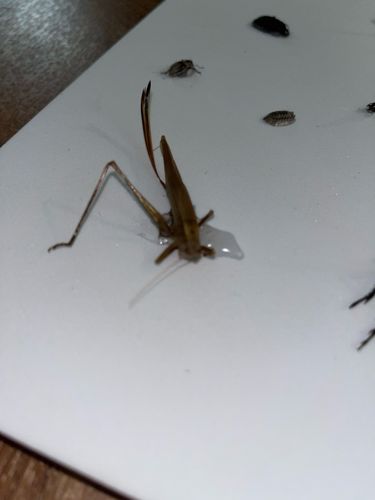Crane Fly
Scientific Name: Tipulidae
Order & Family: Order: Diptera, Family: Tipulidae
Size: Typically 2 mm to 100 mm (0.08 to 4 inches) in legspan, with some larger tropical species. The body length is generally 2-60 mm.

Natural Habitat
Found in moist environments, especially near water sources like ponds, streams, and damp woodlands. Adults are often seen in gardens, fields, and around lights at night.
Diet & Feeding
Adult crane flies generally feed on nectar, decaying plant matter, or do not feed at all during their short adult lifespan. Larvae (known as 'leatherjackets') are primarily detritivores, consuming decaying organic matter, roots of plants, and sometimes small insects or fungi.
Behavior Patterns
Adult crane flies are clumsy fliers, often attracted to lights. They are short-lived, with their primary purpose being reproduction. Larvae live in soil, rotting wood, or aquatic environments, primarily feeding and growing. Some species have larvae that can be agricultural pests.
Risks & Benefits
Crane flies are generally harmless to humans. They do not bite or sting. While larvae of some species can be considered minor garden or lawn pests due to root feeding, adult crane flies are important pollinators of some plants and serve as a food source for birds, bats, and other insects.
Identified on: 9/22/2025